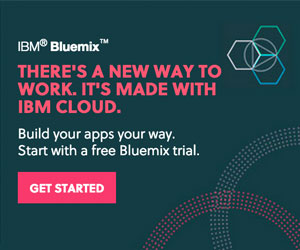Flixel, the Toronto startup recently selected as a Facebook partner for its living-photo technology known as cinemagraphs, is now funding growth through its own sales, a parameter that many investors want instead of growth-at-all-costs.
More paying customers allow Flixel, whose main product is Cinemagraph Pro, to split revenues between product development and marketing efforts channeled through Facebook.
“Since our pricing model allows us to acquire customers through targeted Facebook ads, we are able to have a healthy CAC/LTV (customer acquisition cost/ lifetime value) ratio,” says CEO and cofounder Philippe LeBlanc.
The Flixel startup story includes overcoming tough odds before finally getting their big break with the TV program America’s Next Top Model, and an investment from show’s host, supermodel Tyra Banks. The company’s success has since been propelled by the growing interest brands have in using Flixel’s cinemagraphs on social media sites such as Facebook and Instagram. The visuals are more engaging than straight stills, LeBlanc says, adding that they’re also shorter and more cost effective than video.
The Facebook association will only deepen now that Flixel’s cinemagraphs have become a free option for profile photos on the platform that boasts about 1.6 billion regular users.
Prices Rise
Flixel sells software, hosting and licensing services for customers making their own cinemagraphs, and has a creative team producing them for brands including Netflix, Panasonic, and A&E. Flixel’s apps, both iOS and Mac, have been downloaded over 1 million times, according to a spokesperson. The company won’t provide further details about their revenues.
By raising the price of its mobile app 400%, Flixel is doubling down on revenue growth as its strategy as opposed to user growth. Because the processing power of the latest iPhones and iPads allow Flixel are on par, CTO Mark Pavlidis explains, Flixel has made its iOS app equal to the Mac app in terms of functionality. Flixel also sells a subscription version for $199 a year.
“We believe the price raise will have an increase in revenue both in terms of licensing sales, but more importantly in terms of tipping the scale to go the subscription route versus licensing each of our product lines separately,” LeBlanc says. “Raising money is always easier when a) you don’t need venture money b) you can show your revenue is growing and that additional money will only serve to accelerate this growth.”
Flixel’s customers are largely Adobe Creative Cloud users, including photographers, videographers, as well as creative directors at a wide range of marketing and advertising agencies. In addition to Tyra Banks, Flixel has been funded by a handful of private investors, as well as the Business Development Bank of Canada and the New Brunswick Innovation Foundation.













 /newsrooms
/newsrooms
